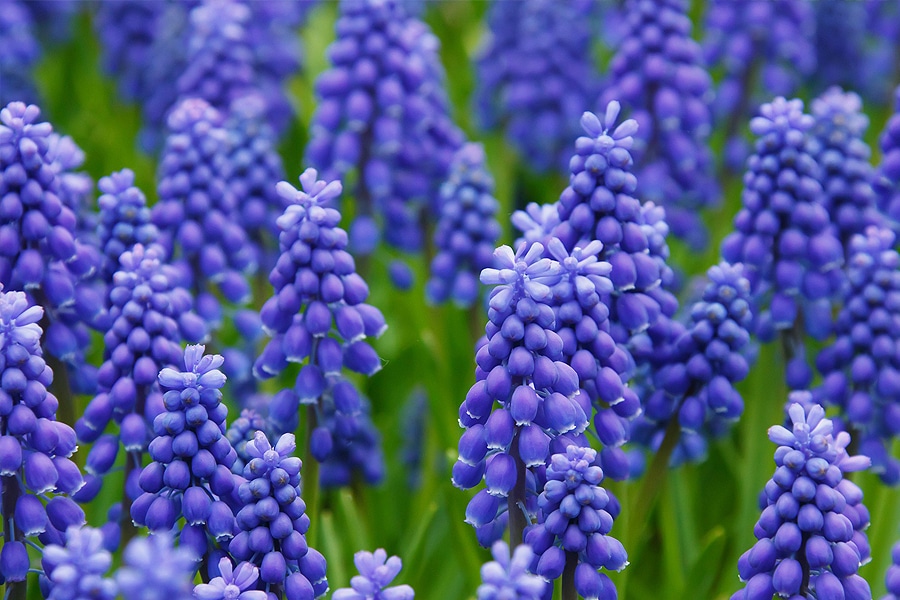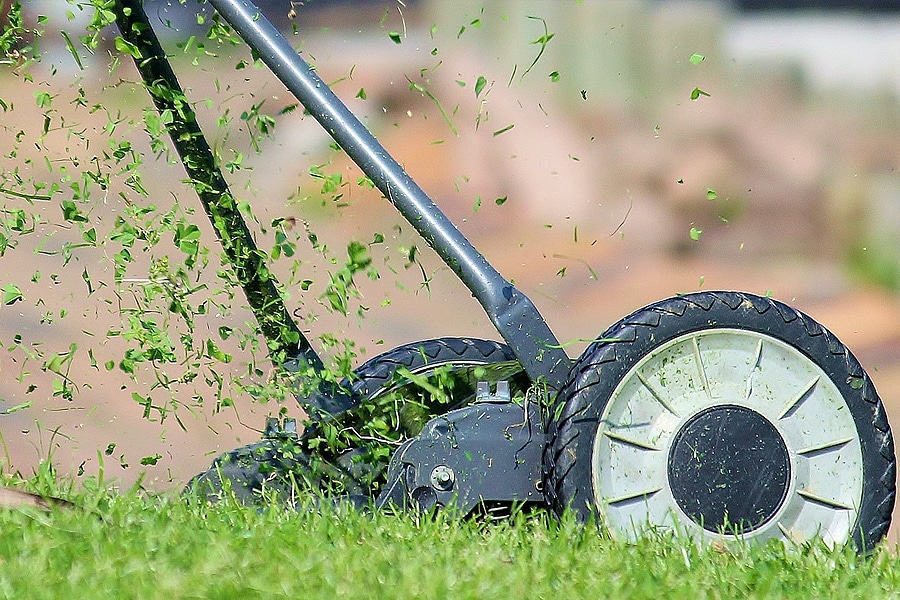The best gardens are those that make people happy and comfortable. Great gardens may look good but they have to also make people appreciate a good feeling when they are in it.
There is basically a difference between landscaping and gardening.
Landscaping is something that you do to add beauty and value to your home; gardening, on the other hand, is something that you do for life like a hobby to keep you happy. A good garden is something that is appreciated and gives comfort to its owner. If it makes you feel at home and if it is a spot in your home that you can call your sanctuary, then it can be considered a good garden.
Focusing on the visuals of your garden, here are some tips on how to design a successful flower garden:
1. Research which flowers you can use
Before starting with the design, study hoe different garden plant types behave in the garden, the color of the flower when it blooms, texture as well as their limitations.
2. Choose you garden design style
Design your flower garden with a style or concept in mind. Whether you wanted to follow your home’s overall style or you want to follow your personal preferences, whatever your garden’s style will help you set parameters when designing for your garden.
3. Determine the Shape and Size of your Garden
You need to know how big your outdoor space is so you will know the limitation of your garden when it comes to space. Knowing this can give you an idea of how your flower garden will fit into the rest of your landscape. It will also give you ideas on how you can form your flower garden.
4. Choose the Flowers
Once you are done with the initial design of your garden, you can now put your plant research into actions. Consider important factors such as flower size, bloom time, maintenance and color when selecting your flowers.
5. Create a Focal Point
In every flowerbed, there should always be a focal point. A focal point is something that gives the eye to look at before moving to see the rest of the garden. A focal point can be in a form of shrubs or flowers strategically arranged to gather attention.
6. Mulch and Water
Newly planted flowers should be watered regularly until the plants are established to where they are planted. Mulching can protect your flowers from weeds while it’s growing on where you plant them.
7. Use unique planters
Old pale of paints, old baskets, and even old slump make good planters. If you do not have enough space to put your pots and plants try hanging them so you will have more space for other plants to surround your garden.
8. Select Piping for Watering
When considering mild steel vs stainless steel for your piping leading to the garden it is important to think of cost and long term value. Mile steel will be much cheaper than stainless, but stainless will last a lot longer, so consider your choices wisely.

